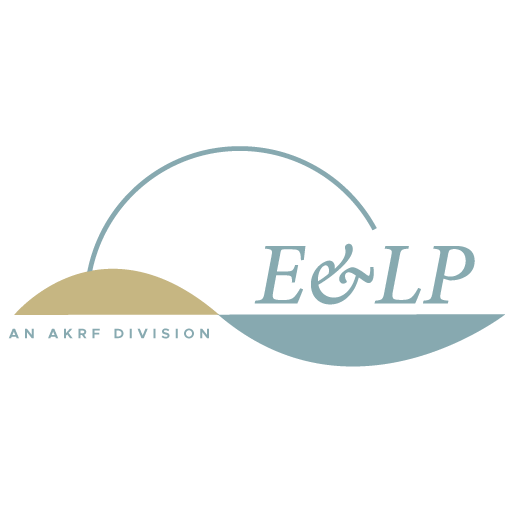In honor of Earth Day this year, we’d like to highlight ecological aspects of some of our favorite projects. We appreciate when quality work can benefit both the community and the environment!
Frelinghuysen Arboretum Streambank Stabilization and Meadow Restoration
E&LP partnered with Larry Weaner Landscape Architects to design 16 acres of native meadow restoration and 600 LF of streambank stabilization in the Frelinghuysen Arboretum. E&LP obtained full freshwater wetlands and flood hazard area permitting for the project and engineered the streambank stabilization by using soil bio-engineering techniques. Larry Weaner Landscape Architects designed the plantings and native seed mixes used in the streambank stabilization and the meadow restoration, and specified a regimen of invasive species management to ensure the native plantings succeed in the restored areas.
Hoboken’s Northwest Resiliency Park
The Northwest Resiliency Park will build upon the City of Hoboken’s ongoing efforts to utilize ‘Parks as Defense’, integrating green infrastructure and flood mitigation strategies into public space projects. The design of the park incorporates both physical and social resiliency by alleviating the impact of intense storm events while addressing the specific needs of the neighborhood. Overall, the park will capture and store at least 1 million gallons of stormwater on site.
Evesham Beagle Club
The Evesham Beagle Club is a 180-acre, passive recreation park that is able to have much of its undeveloped area preserved by incorporating green infrastructure and passive recreational activities to provide access to natural resources. Part of the motivation from this plan came directly from community feedback, which was then taken into account to increase onsite woodlands and meadows while allowing for amenities like trails, a nature playground, a flexible lawn, stormwater gardens, and areas for successional growth.
EPA Soil Grant Research Project
The EPA Soil Grant project is developing an engineered approach to converting glass waste into a refined soil product that can serve the needs of the City of Philadelphia in urban development of green spaces with the overall goal to significantly reduce the landfilling of glass. Currently, the glass-based soil mix has been incorporated into a large-scale green stormwater infrastructure experiment and is being monitored to determine its viability.
